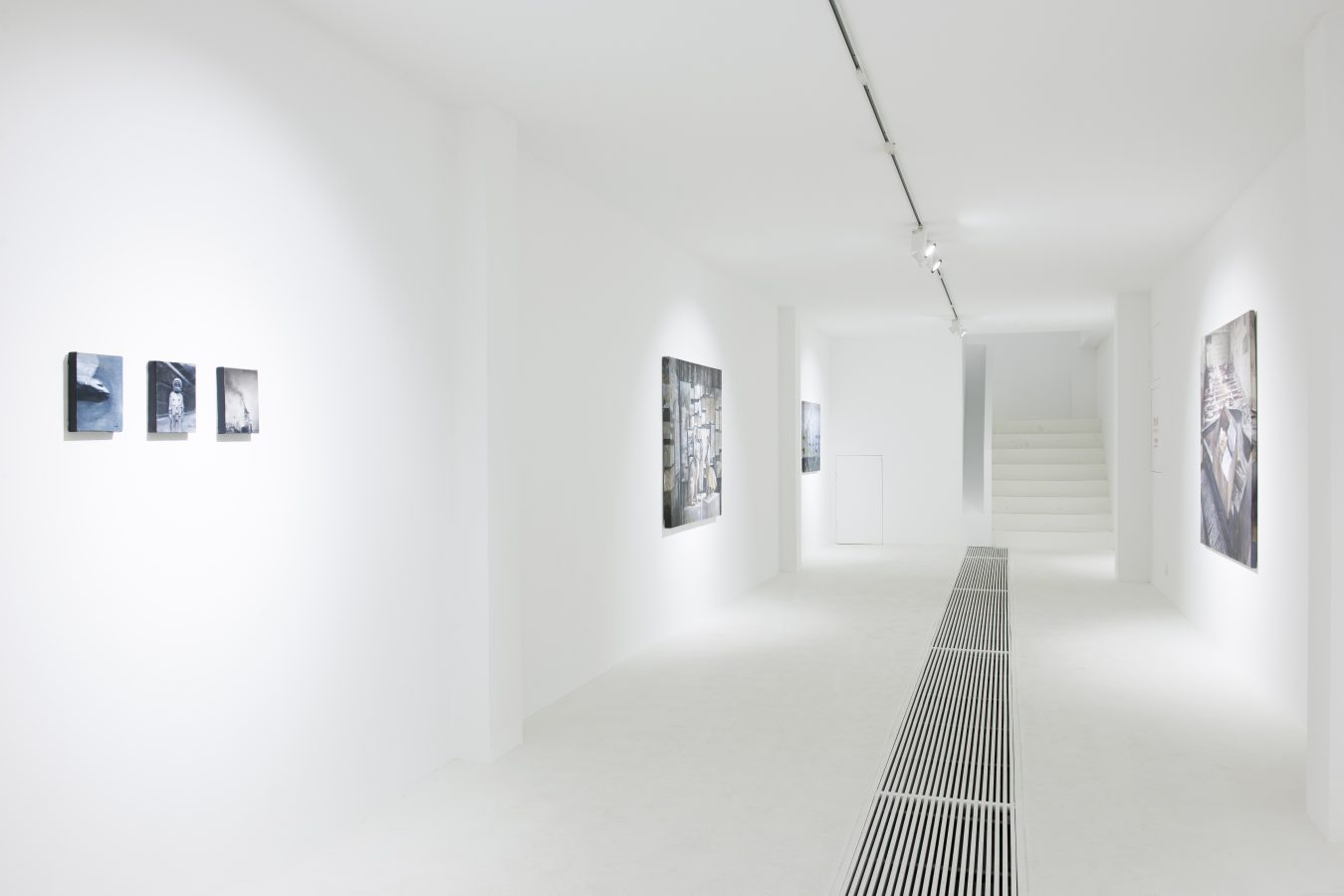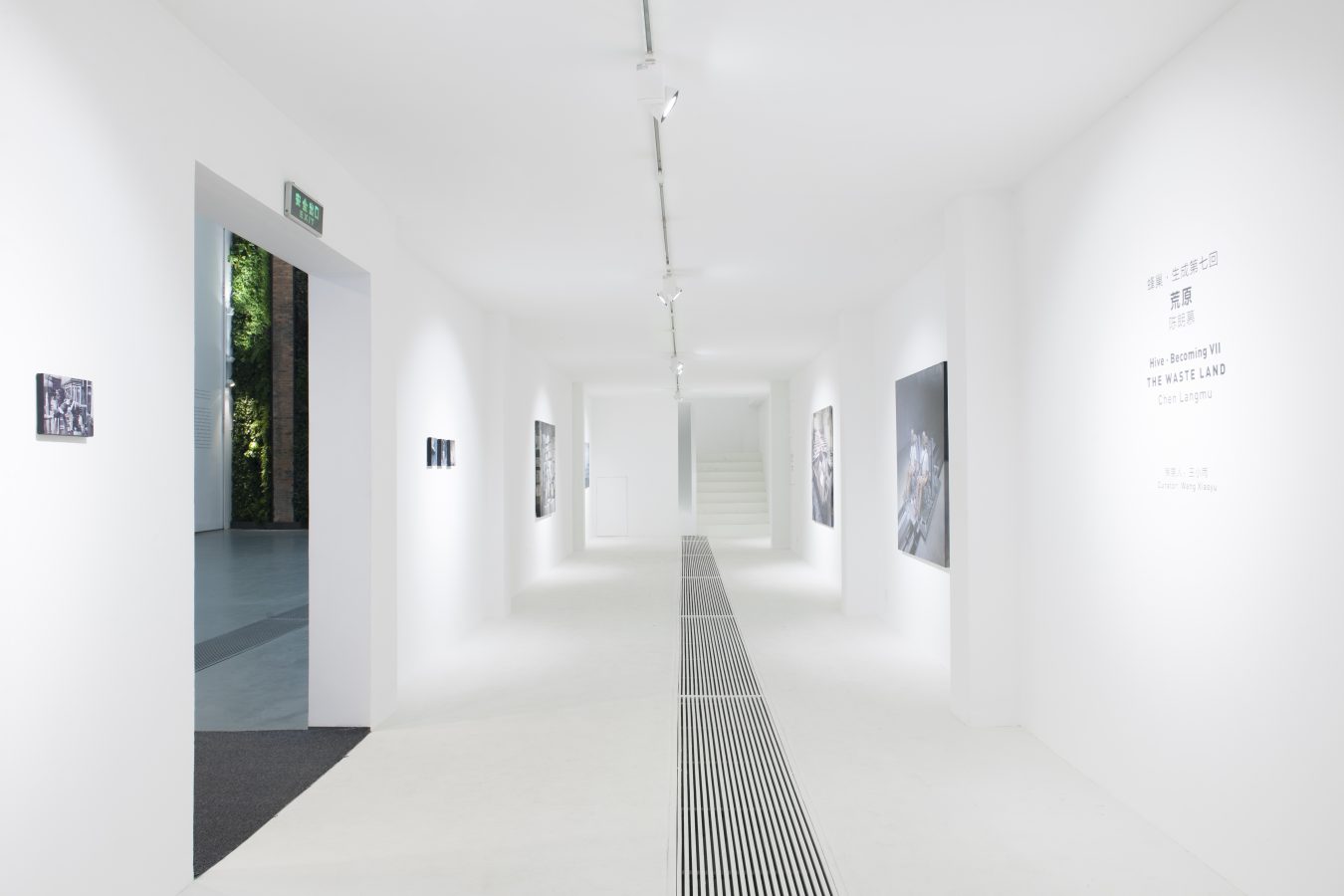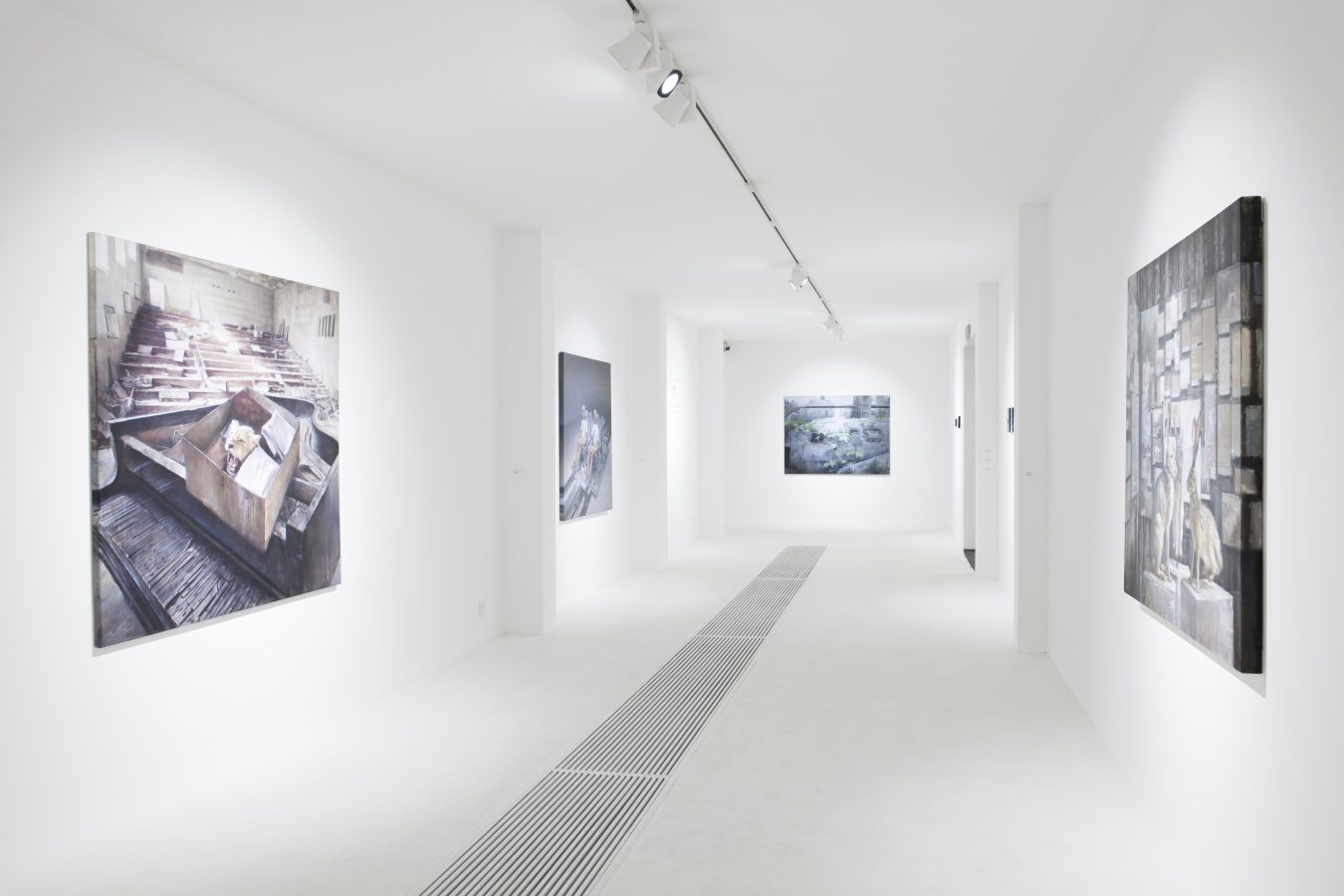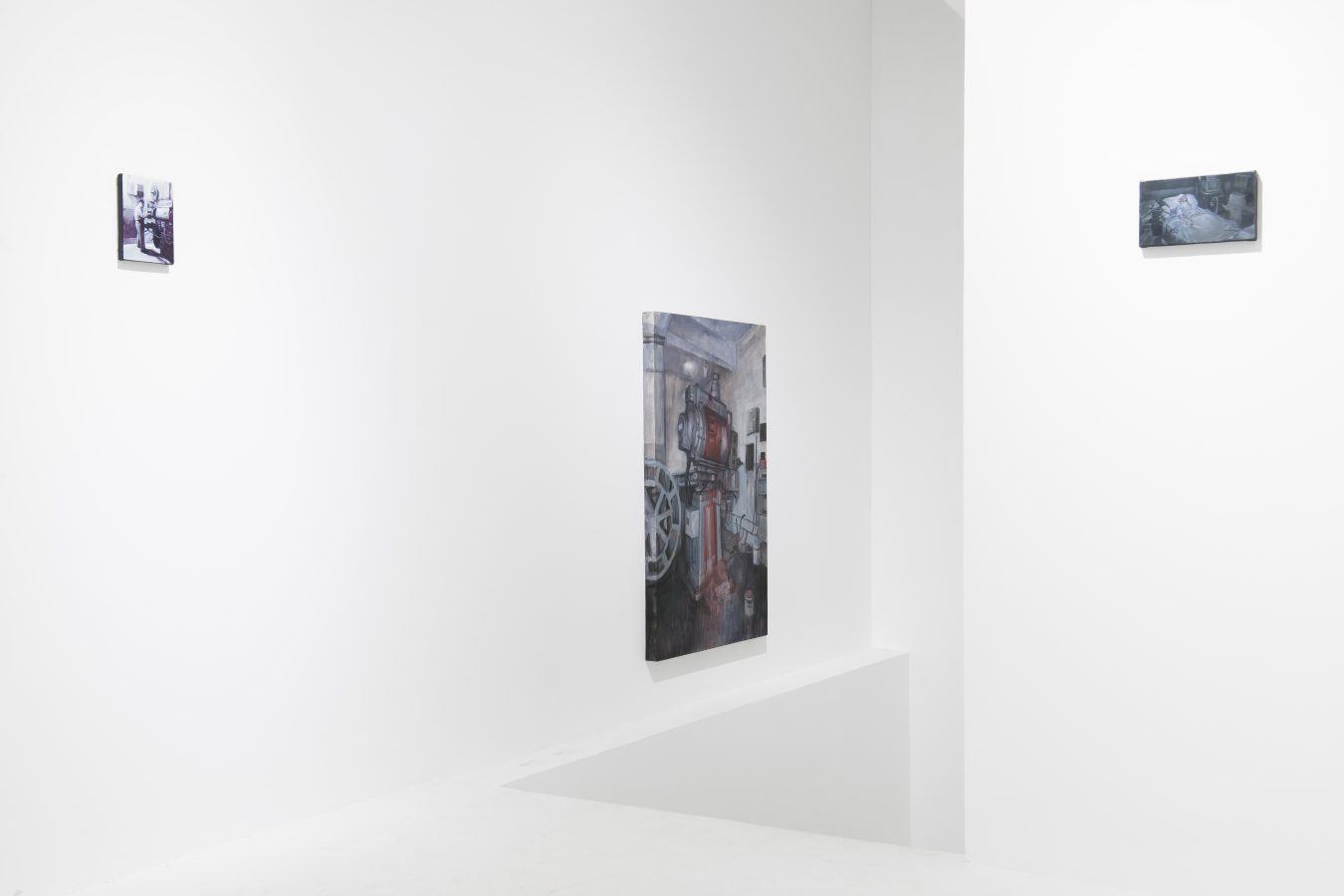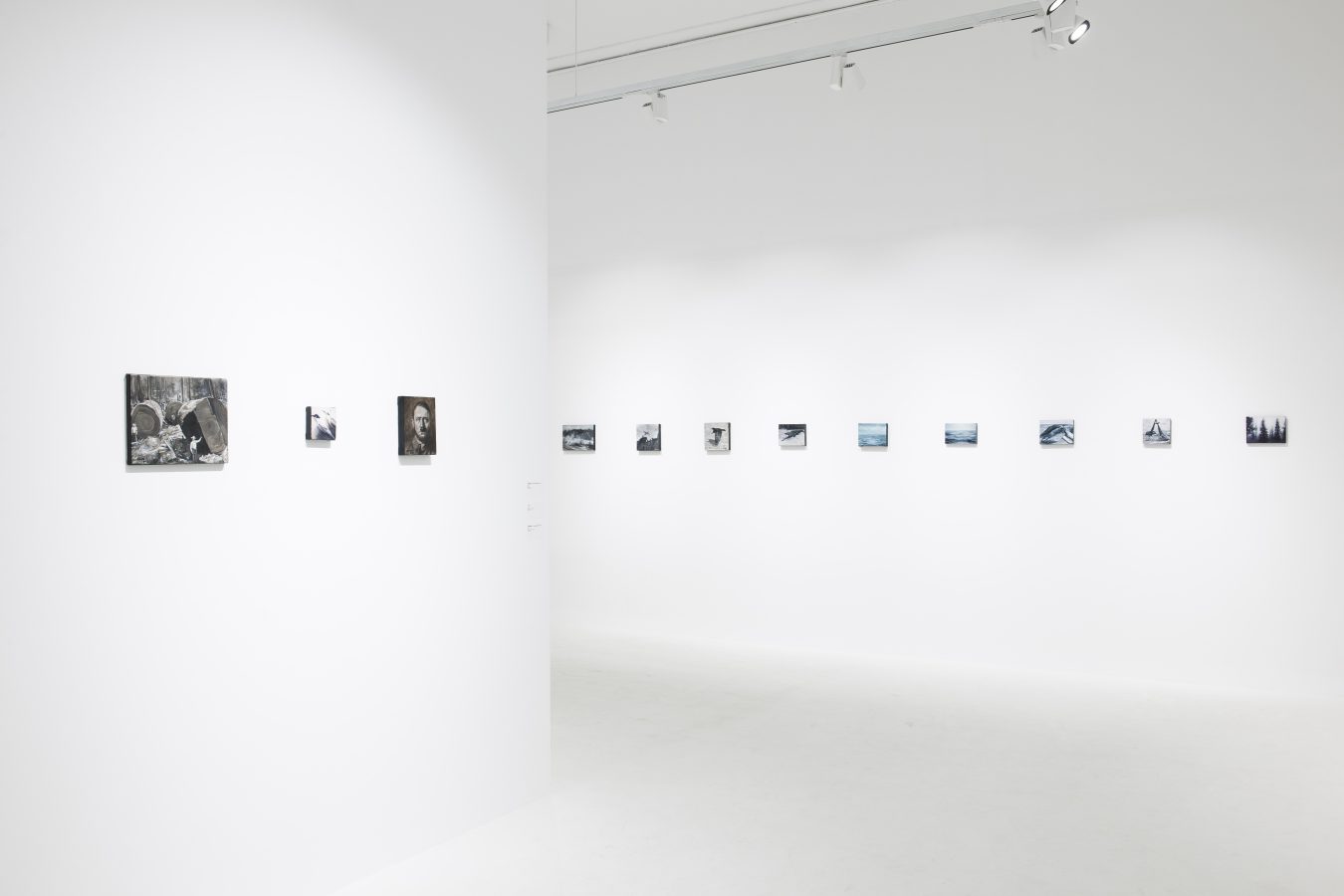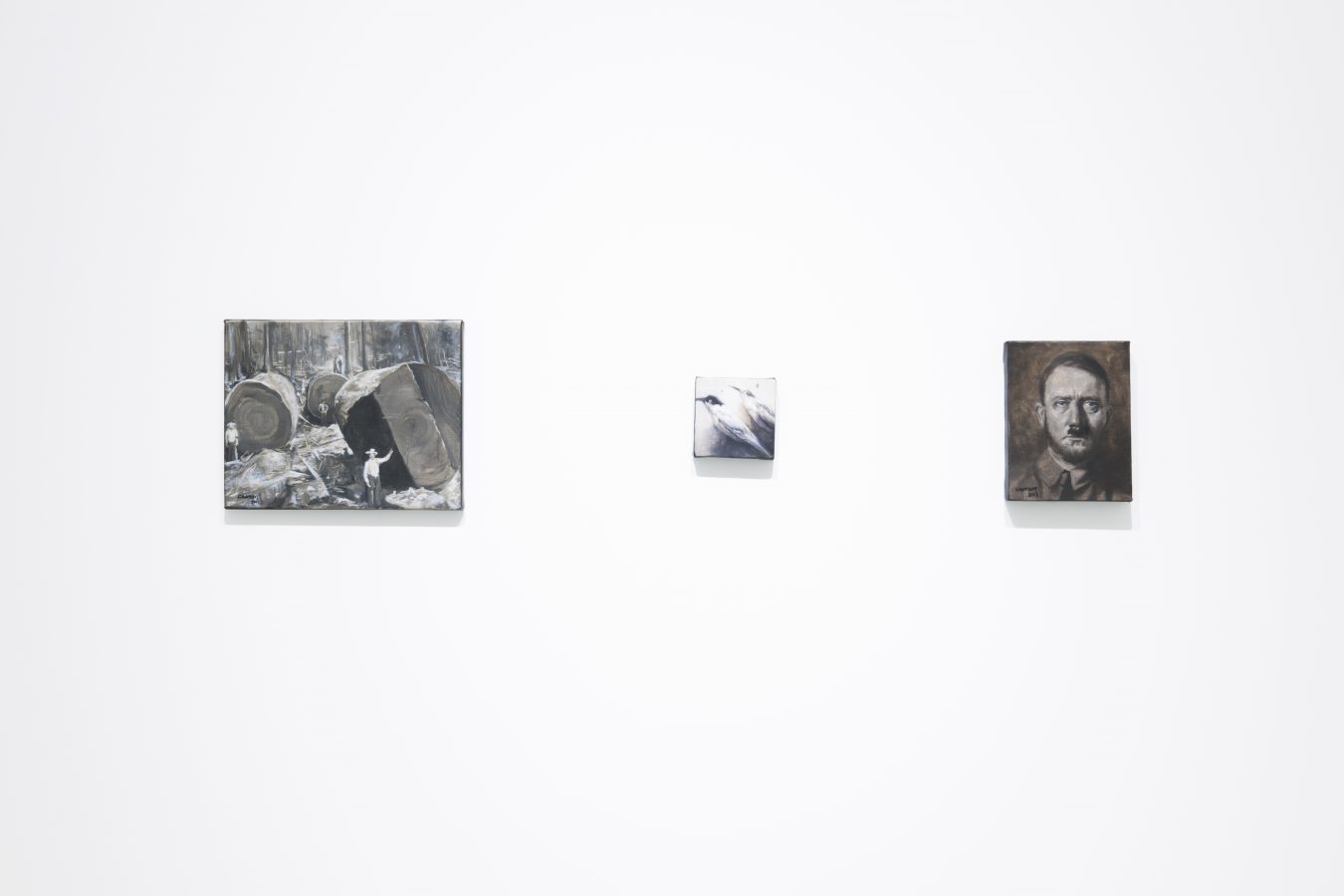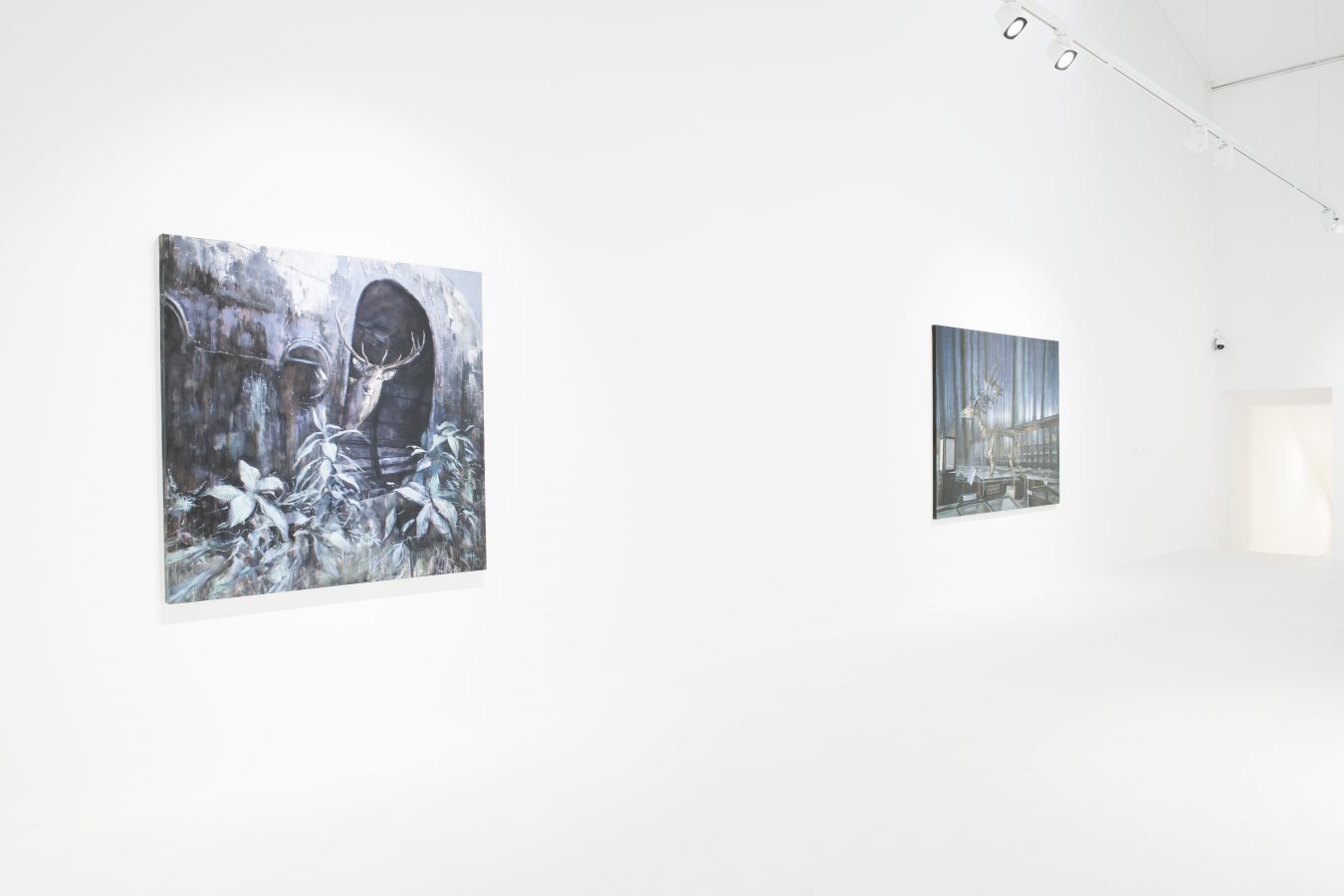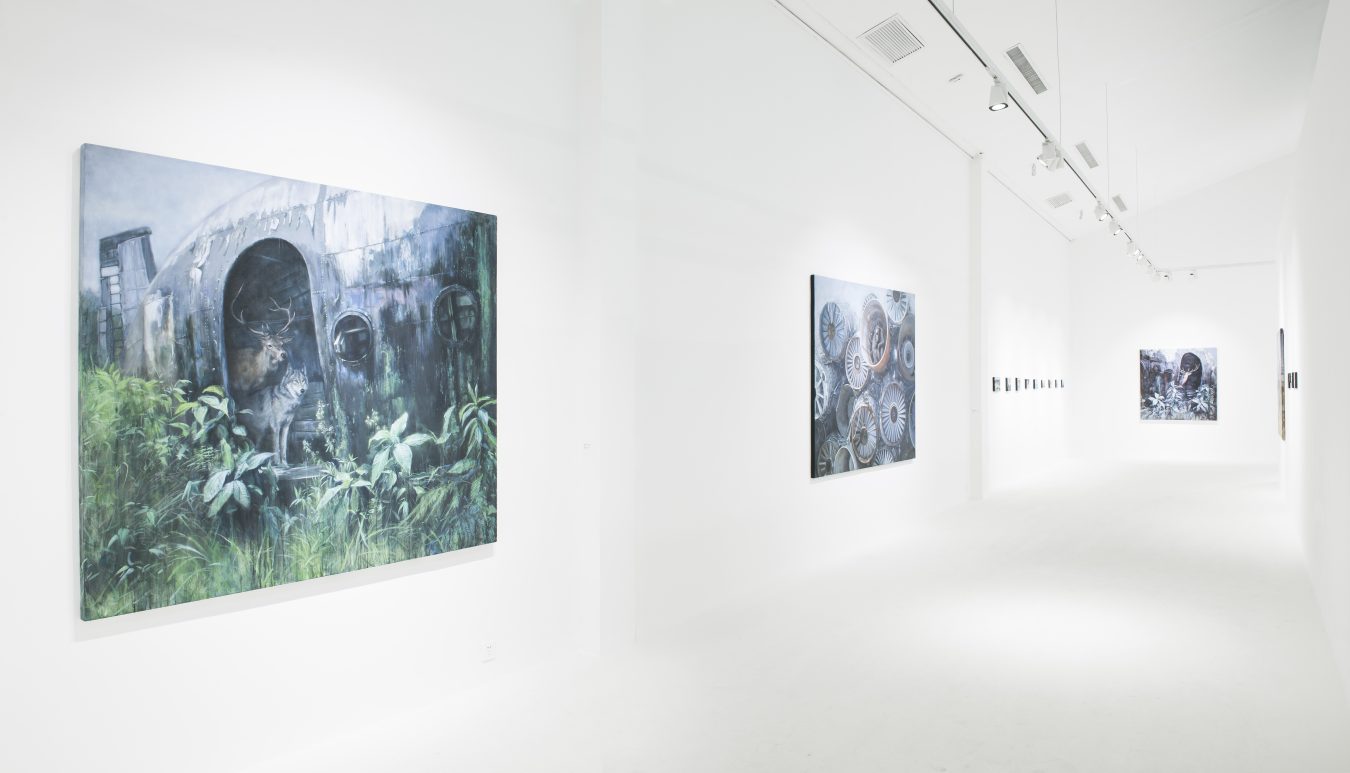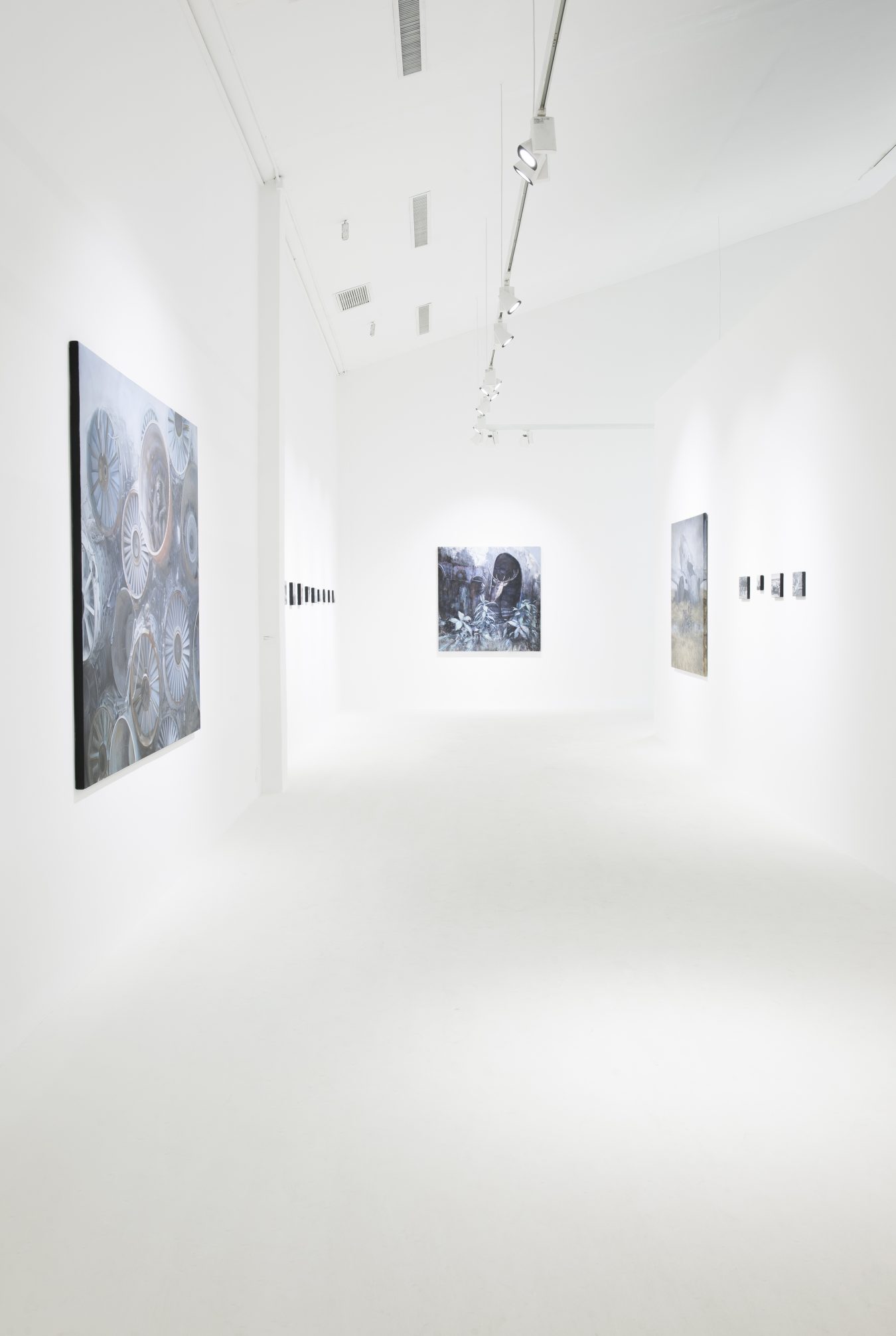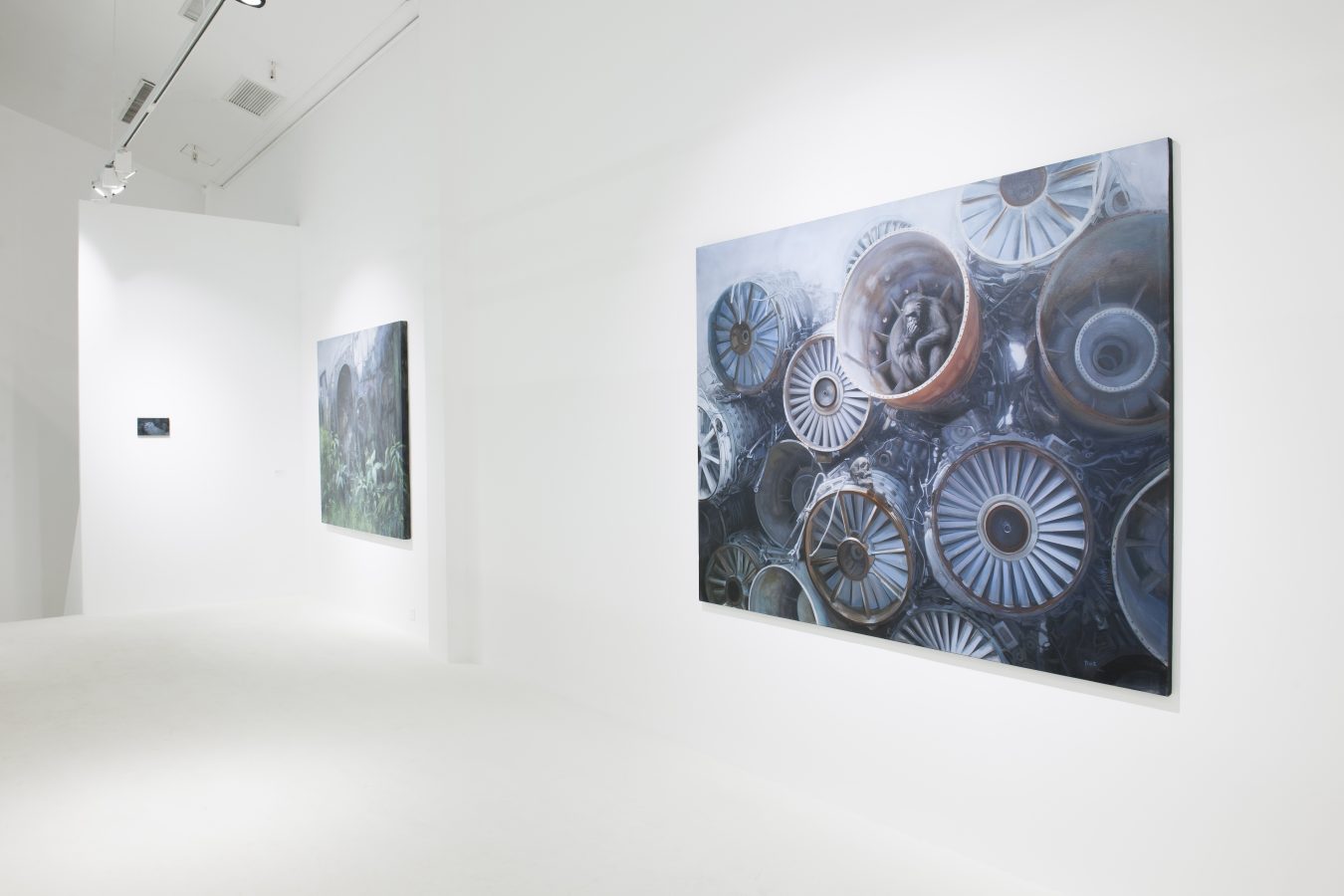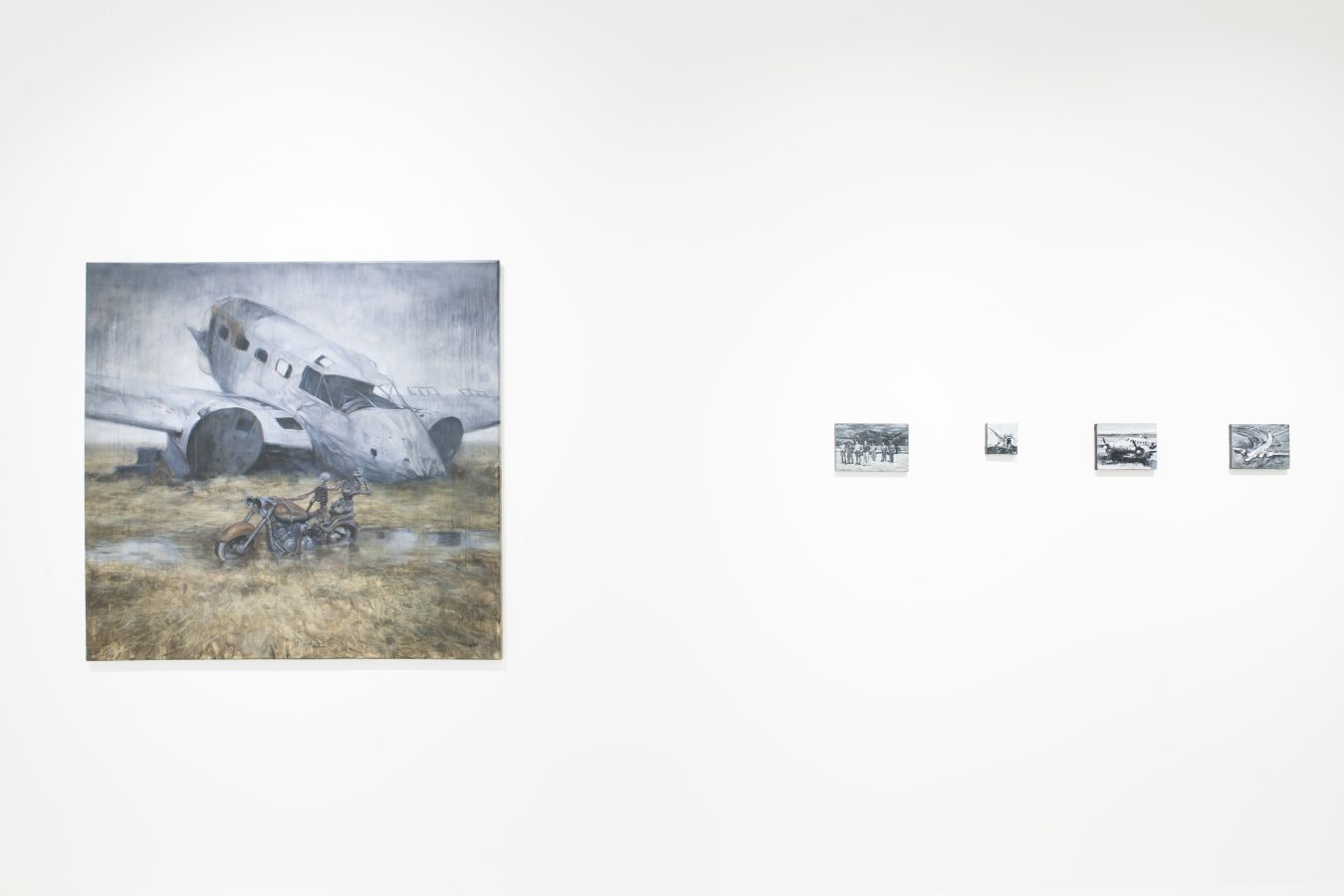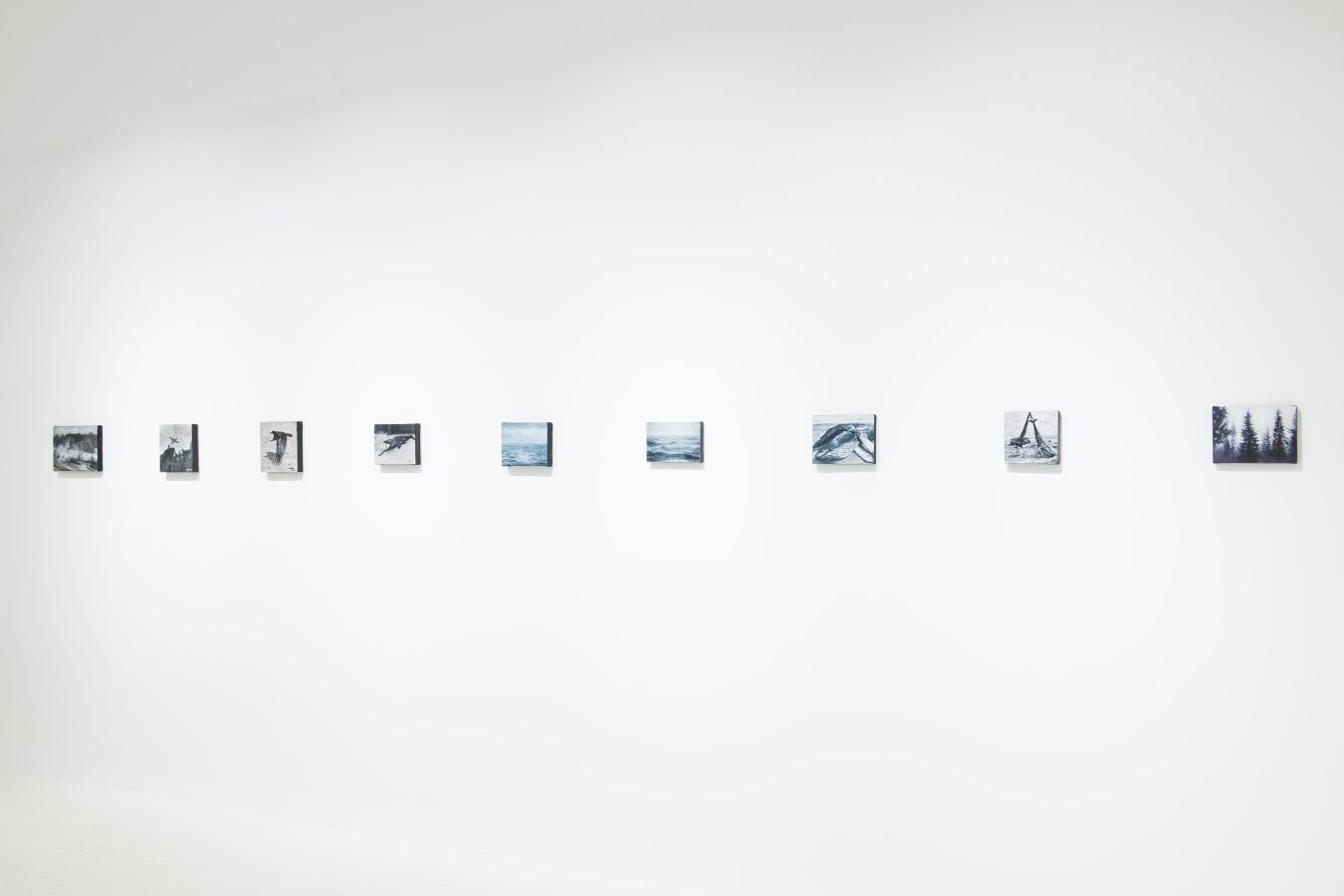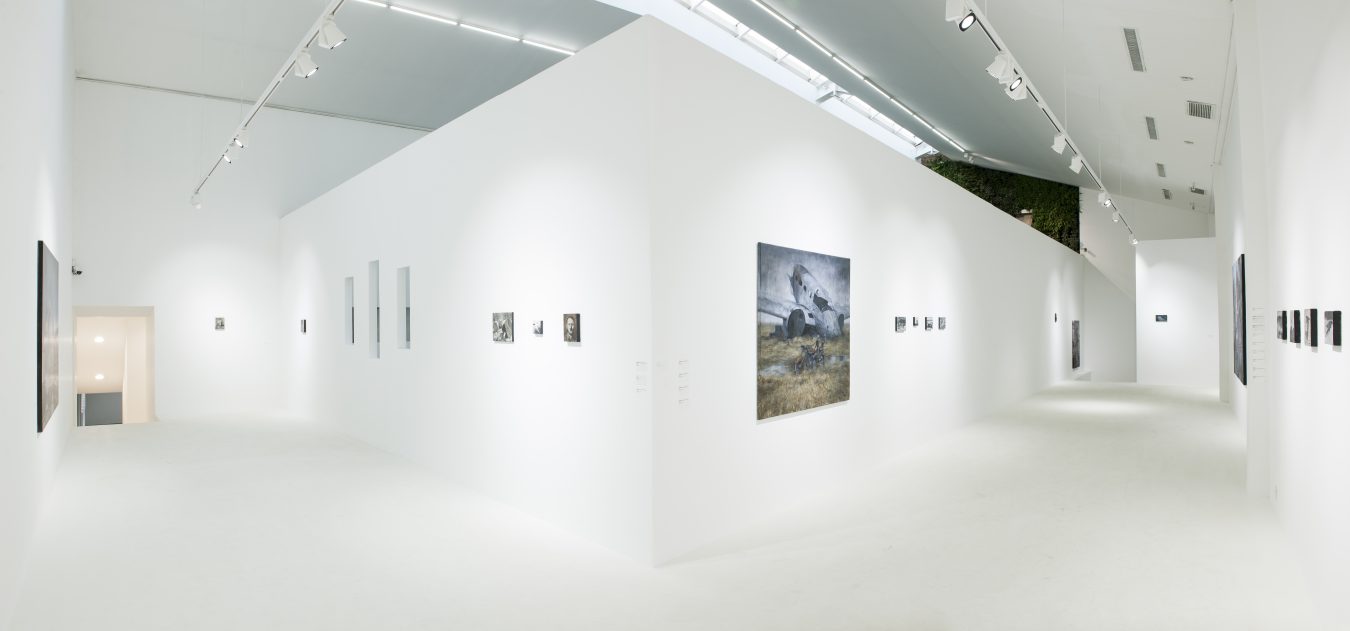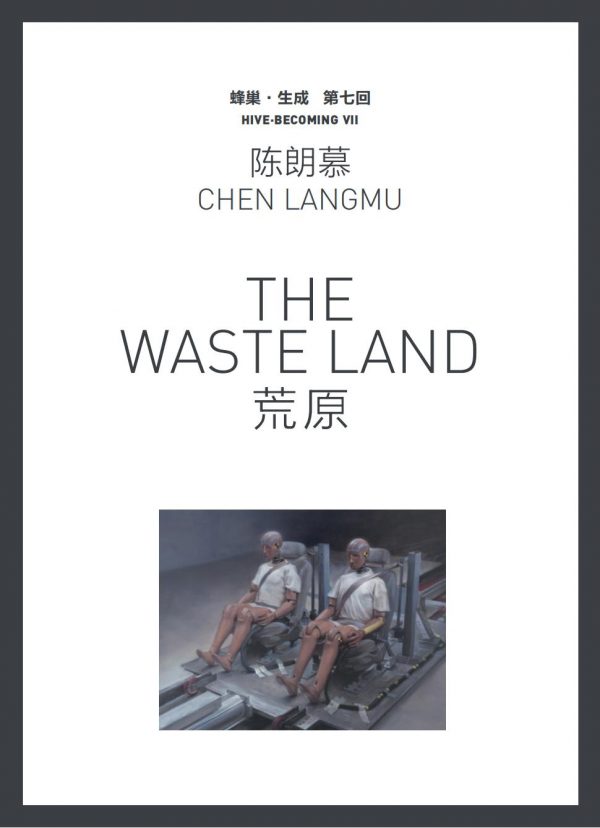Cast your eye upon ancient times, and you may well sigh at what a labyrinthine domain it Chen Langmu is obsessed with the depiction of wide-open spaces and mechanical spirits. This is inextricably linked to his childhood experience, which coincided with the downfall of heavy industry in northeast China. Industrial ruins naturally became an important component of his visual experience. Ruins are a testament to the destruction of an era’s dreams. The dream of a prosperous, beautiful, and convenient “new life” was latched onto the cold efficiency of the machines, and when it all crumbled away, the memories of a generation were tinged with nostalgia and sadness. Rubble and ruins are a microcosm of a set of collective memories, and Chen Langmu’s depictions of them are not direct and objective but instead inserted with a prophetic narrative, which this time draws from animal forms. Deer, chimpanzees, and wolves wander about on these empty hulks, their calm demeanor seeming to signal the coming of a new primordial age.
Beyond the mechanical themes, Chen Langmu has also begun experimenting with a new direction, in which the animals reemerge in a more poetic manner. Chen Langmu is now dealing with themes of memory in a more tactful, circuitous way, and his language has grown more subjective.
